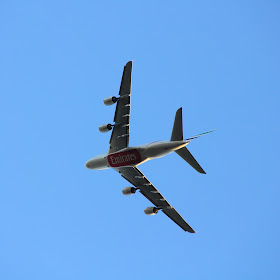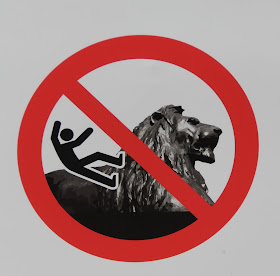Steven P. Miller's book, "The Age of Evangelicalism: America's Born Again Years" is both a brilliant piece of work, and a rather frustrating read.
On one hand, Miller is a meticulous researcher, who roamed through vast collections of books, speeches, letters, sermons, archives and newspapers to assemble his history. The references which support his account are extensive, varied, handled extremely well and are impressive. Also, Miller is an astute political analyst who has woven a huge amount of research into a tightly argued and coherently constructed whole. Furthermore, Miller is an unusually good writer who, with adept turns of phrase (and barely wasting a syllable), has managed to assemble his hugely comprehensive account and analysis into a book of under 200 hundred pages. There are many historians or political scientists who would struggle to inform the reader as impressively in 400 pages, as Miller does in less than half that number.
A nice little example of Miller's rather sharp writing could be this paragraph about George W. Bush from p120.
"While abandoning drink eased Bush's subsequent entry into the family business of politics, embracing faith enhanced his electoral potential in a Republican Party for which megachurches were the new country clubs."
"Bush's embrace of faith-based compassionate conservatism had the potential to heal evangelical political wounds still raw from the Carter and Reagan years. Despite strong differences over issues national defence and tax policy, evangelical activists from across the political spectrum harkened back to the spirit of Anglo-American reform. William Wilberforce, the British parliamentarian who led a successful crusade to end his nation's involvement in the slave trade, was a popular shared point of reference by the 2000s. A Christian paternalist who was most decidedly not a social or economic radical, Wilberforce (or rather, Wilberforce as invoked by modern evangelicals) suggested the ideological parameters within which compassionate conservatism might operate."
There is however a "but" coming; and it is a significant one. While the content of the book is excellent, it is let down by its title. That might not seem like a big problem, but it is, if you are left thinking that the inside fails to deliver on what the cover promises.
In truth, this is a book about the relationship between Evangelicalism and American National politics from Carter to Obama in general; and the rise and fall of the American Religious Right in particular. As such, it is not a book about Evangelicalism and America as the title suggests. So, while the book is quite brilliant on the decline of the early evangelical political movement (which was Democrat leaning), and equally impressive on the rise of the religious right, and on its subsequent decline; we learn little about the nature of American Evangelicalism in these years, aside from its political orientations. Maybe, Miller is a political scientist who doesn't really think much else matters - or maybe he has delivered a fine manuscript about faith-politics which his publisher has failed to title and market adequately. Either way, a book entitled "The Age of Evangelicalism", would presumably tell us more about the faith and lives of these evangelicals; the changing nature of the movement, it's growth or decline, it's theological landscape, it's age/sex/class/racial/geographical shape, it's response to the huge cultural and economic shifts from the 1970s to today, than this does.
So, while it was not the book I thought I was picking up to read - it was an excellent, astute piece of work, in which vast research is rigorously analysed and presented in sharp, lively prose. To solve this book's problem it simply needs to be retitled, "American Evangelical Christianity and National Politics from Carter to Obama", then it would do what it says on the tin. I wonder if I am the only reader to have though this?
























































